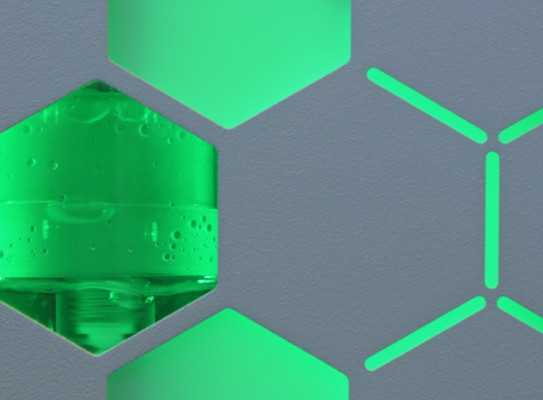
Advantages of green hydrogen

With green hydrogen | hauwai kākāriki, we have the potential to help decarbonise sectors of our economy more effectively than if we relied solely on other green energy technologies.
This would help us to reduce our dependence on fossil fuels such as coal and oil, which send carbon emissions into the atmosphere and contribute to global warming.
Hauwai kākāriki can be used in many ways. For example: to generate electricity, to heat homes, for industrial processing, as an important component of fertiliser, and as clean fuel for transport.
-
Electricity
To create electricity, hauwai kākāriki can be used to power ‘fuel cells’. Fuel cells act like batteries and can power vehicles, such as this hydrogen-powered bus in Auckland(external link). A fuel cell vehicle has electric motors like an EV, but it has a hydrogen tank and a fuel cell instead of batteries. The waste products from a fuel cell are heat and pure water.
-
Industrial processing
Once hauwai kākāriki becomes cheap enough, it is likely it will be used to replace coal and oil in industrial processes like steel making and concrete production, and to power larger-scale fuel cells in heavy transport like ships, trains and trucks where enough batteries would be too big and heavy to be viable. As it becomes cheaper still, we might see it as everyday fuel for cars, heating and even supporting the national grid.
-
More jobs, investment opportunities, and export revenue
A move to hauwai kākāriki would also result in more jobs, investment opportunities, and export revenue. Instead of Aotearoa importing much of our energy (such as coal and oil) as we do today, we are well placed to not only serve our own energy needs but become a net exporter of energy.
-
As part of the Carbon Zero 2050 goal
There is a growing interest from world leaders in producing hauwai kākāriki as fuel to lower global emissions. As part of their Carbon Zero 2050 goal, the New Zealand government is funding the research and development of hauwai kākāriki through their Advanced Energy Technology Platform (AETP) and other science funding routes as a viable fuel source to decarbonise our economy. Other parts of the world investing in hauwai kākāriki include Australia, Germany, the USA, the EU, Chile, Saudi Arabia, Japan, South Korea and Canada.
-
Energy supply resilience
Hauwai kākāriki produced at scale could provide great resilience to our domestic energy supply, helping support electrical production in ‘dry years’. It has great potential to be produced locally on a small scale too, and so becomes a great choice to support remote communities, or when a natural disaster or emergency cuts off access to centralised power sources.
The road to commercial viability
Hauwai kākāriki is currently expensive to produce. A lot of energy is required to make, transport and store it. In 2021, the local cost of hauwai kākāriki was around NZ$8/kg. To become commercially viable (without a cost for carbon), this will need to be reduced to around NZ$2/kg. The hydrogen industry believes this is possible by around the mid-2030s and that much of this reduction will come from scale alone, but there is still a lot of work to be done on other technical factors too.
Other challenges include safety, efficiency, and the regulation of its production as the world adjusts to adopting more renewable energy sources and moving away from fossil fuels.
The most exciting thing about hauwai kākāriki is its convenience and adaptability as an energy carrier. However, a lot of time and investment from government agencies and partners will be needed, and many questions remain: how can we make it faster and cheaper, make more of it, transport it faster, support learning and development, grow public awareness and demonstrate to the world that it is a source of energy for the future?
It is seen as a key part of New Zealand’s transition to using more renewable energy. There are already plans underway in New Zealand to build one of the world’s first large-scale green hydrogen production plants(external link).

